News
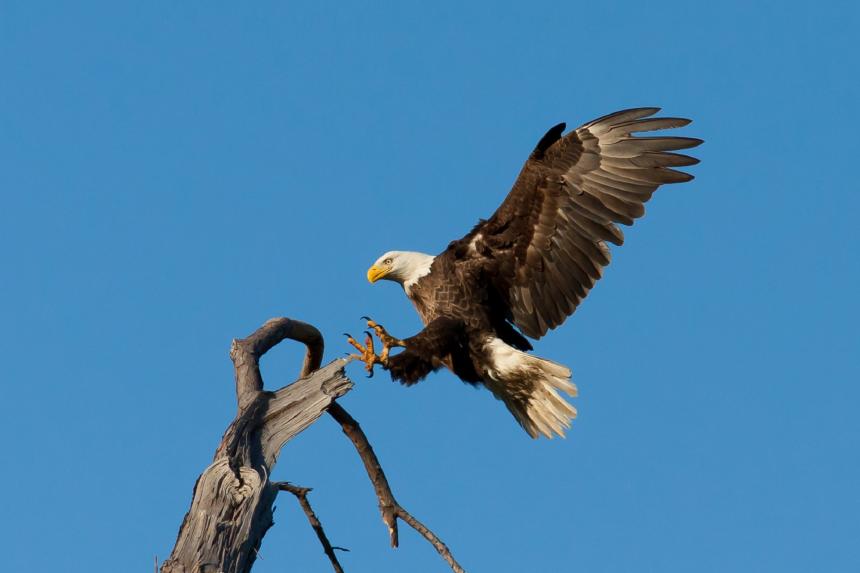
April 25, 2022
With millions of chickens on commercial poultry farms sickened and dying from a highly virulent strain of avian flu in recent months, it might have escaped notice that some of the nation’s most stunning wild birds have also been felled by the virus.
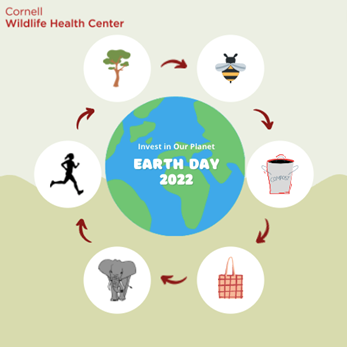
Blog
April 22, 2022
Today is Earth Day! There are many ways to invest in our planet, and together, we can work to secure a healthier future for wildlife, people, and planet today and every day!
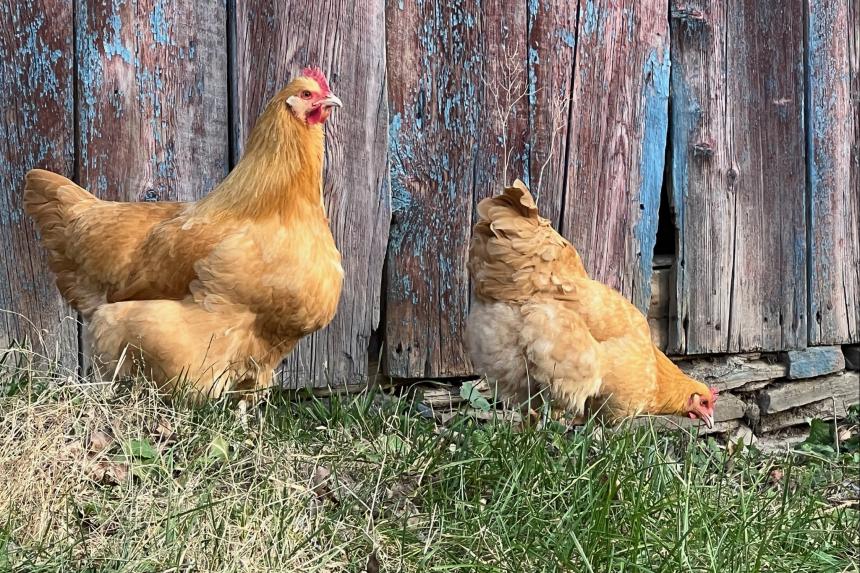
April 19, 2022
Dr. Elizabeth Buckles, assistant clinical professor and wildlife pathologist at Cornell University College of Veterinary Medicine, says it's important to keep chickens and turkeys away from wild birds to prevent the H5N1 virus from entering our food supply.
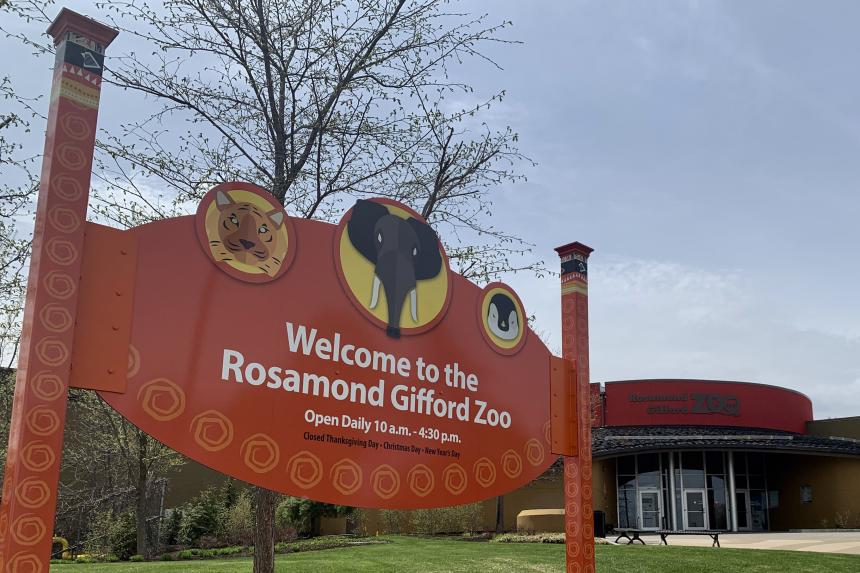
April 14, 2022
After a decade of planning and over a year of construction, the Rosamond Gifford Zoo opened their new animal health center with the goal of providing education and transparency to visitors at the zoo.

April 07, 2022
The Cornell University College of Veterinary Medicine welcomes new faculty member Dr. Emma Houck, assistant clinical professor in the section of zoological medicine.
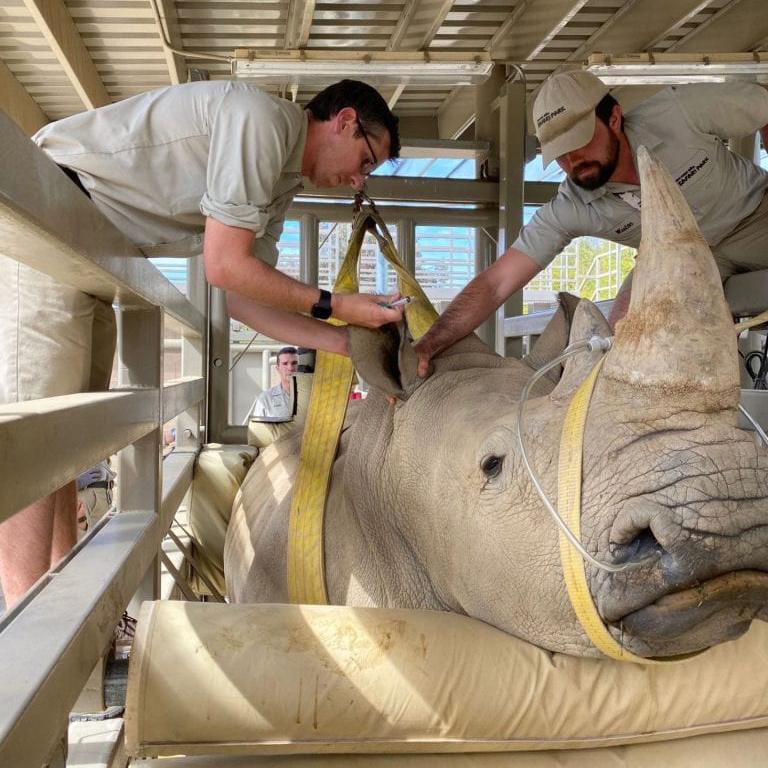
News
April 05, 2022
Matt Marinkovich, DVM '14, always had a passion for wildlife but was initially unsure as to what career path might suit him best. “I always knew I wanted to do something with wildlife or something conservation related, but it took a little while to find what that niche was, whether PhD or vet school....."
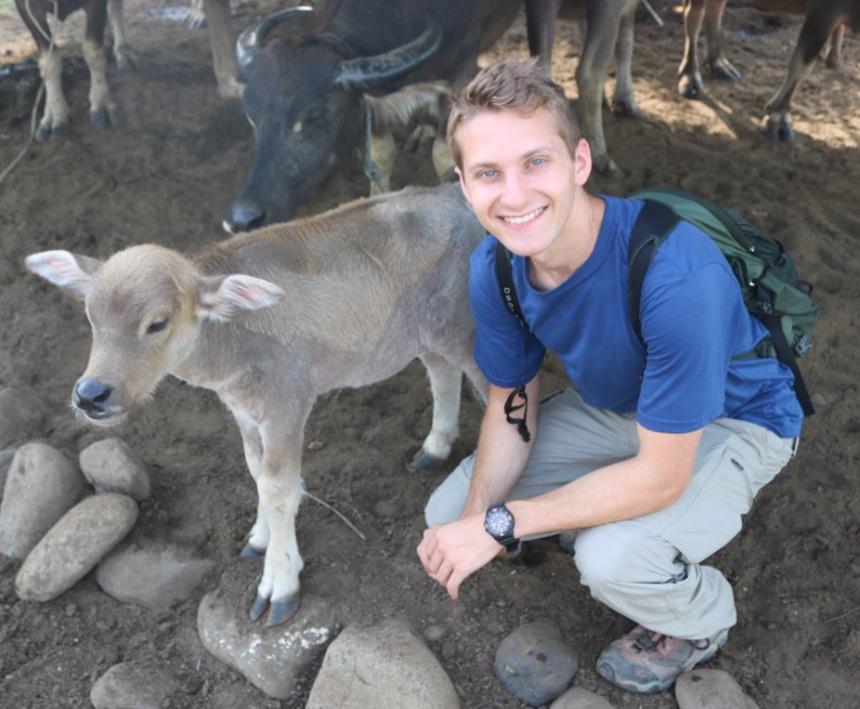
Announcement
March 29, 2022
Our scientists work around the world to improve public health outcomes, strengthen local and international food systems, and catalyze wildlife conservation efforts— all while training the next generation of One Health professionals. Find out how you can support making our world safer and healthier for all.
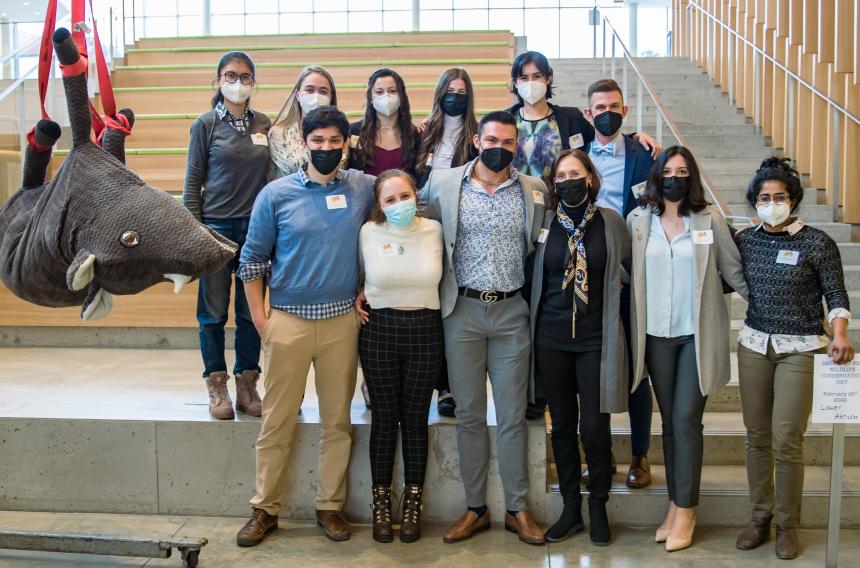
March 21, 2022
Cornell’s Zoo and Wildlife Society hosted its first Wildlife Conservation Day Feb. 26, a one-day symposium devoted to education and training for students with an interest in non-domestic species.
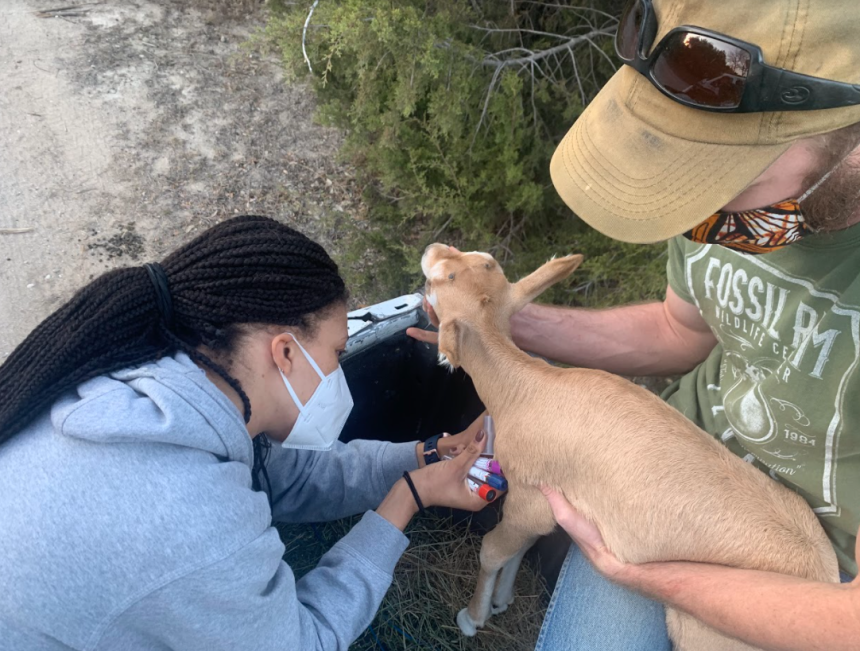
Blog
March 14, 2022
Cornell veterinary student Loren Lassiter, DVM '22, practices unique care in her wildlife preceptorship at the Fossil Rim Wildlife Center.
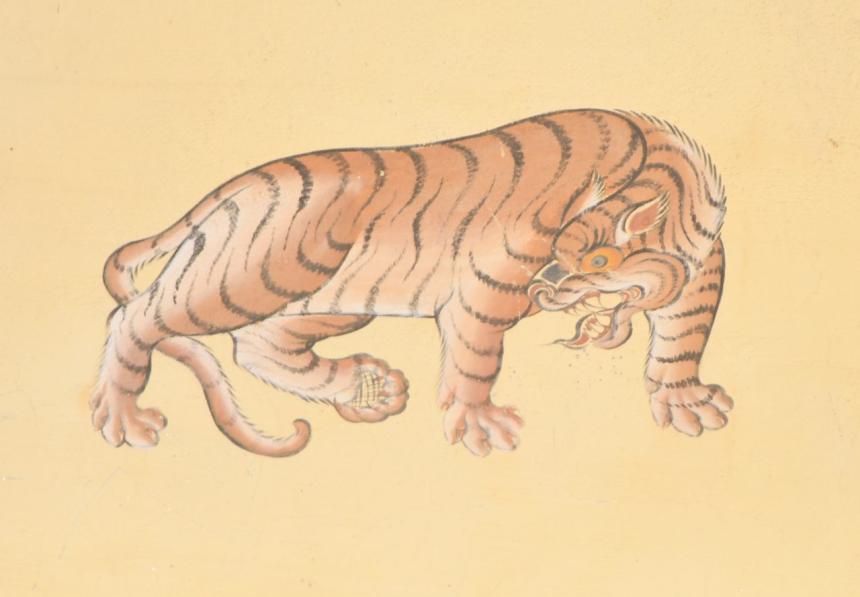
March 03, 2022
The Cornell Wildlife Health Center's Dr. Martin Gilbert collaborated with an international team of scientists to uncover the cause of a mysterious illness in an endangered wild tiger in Bhutan.
